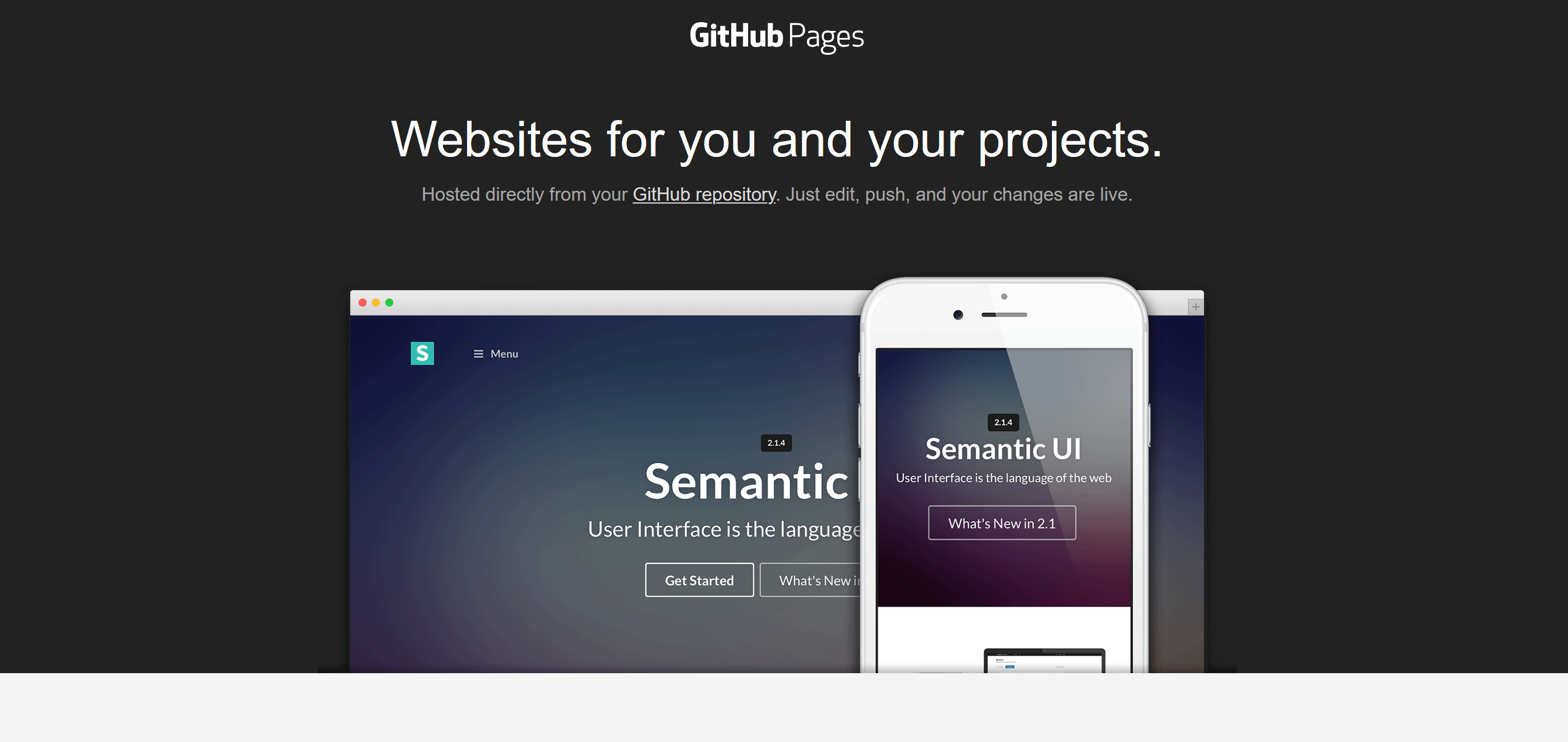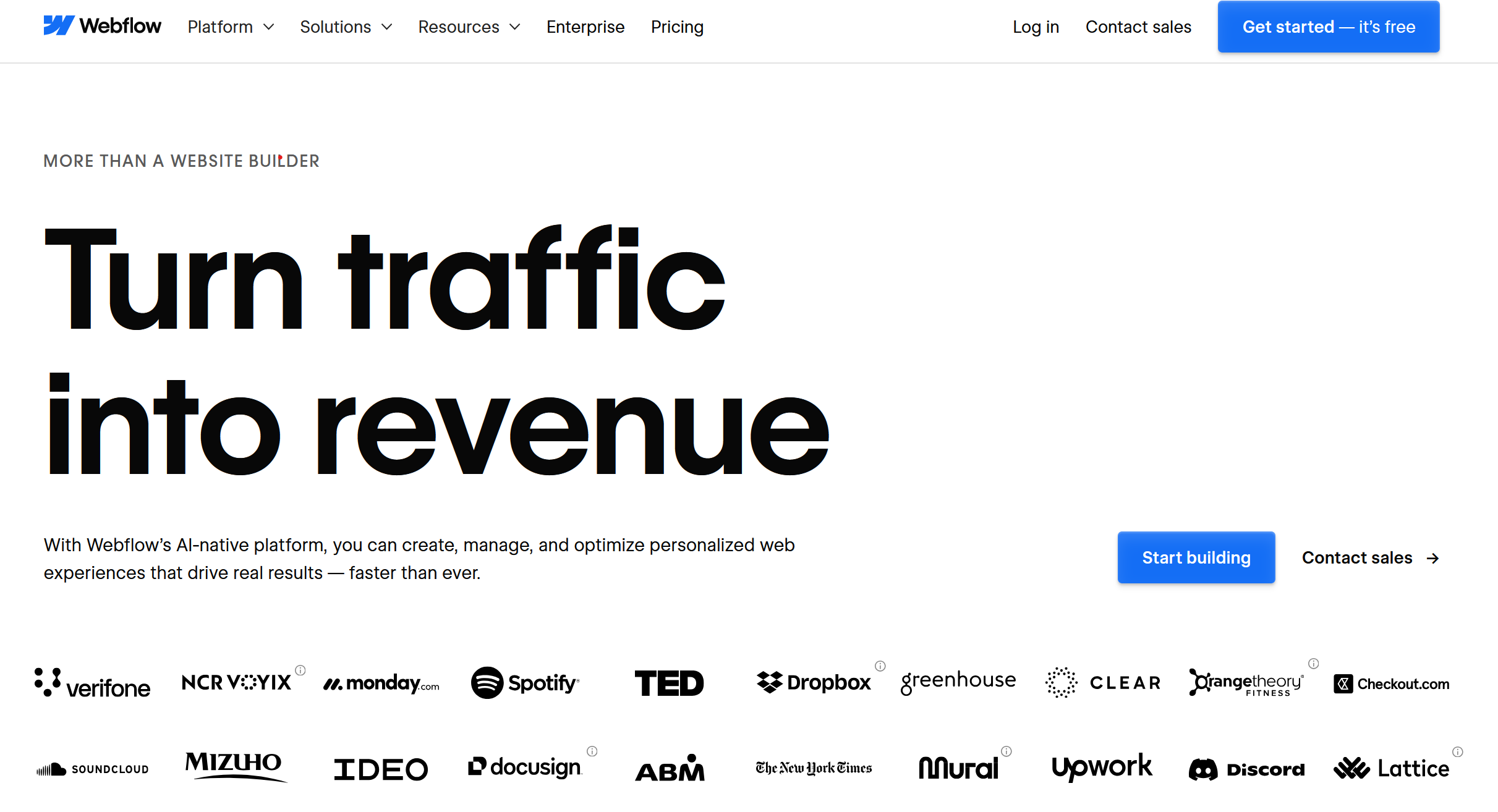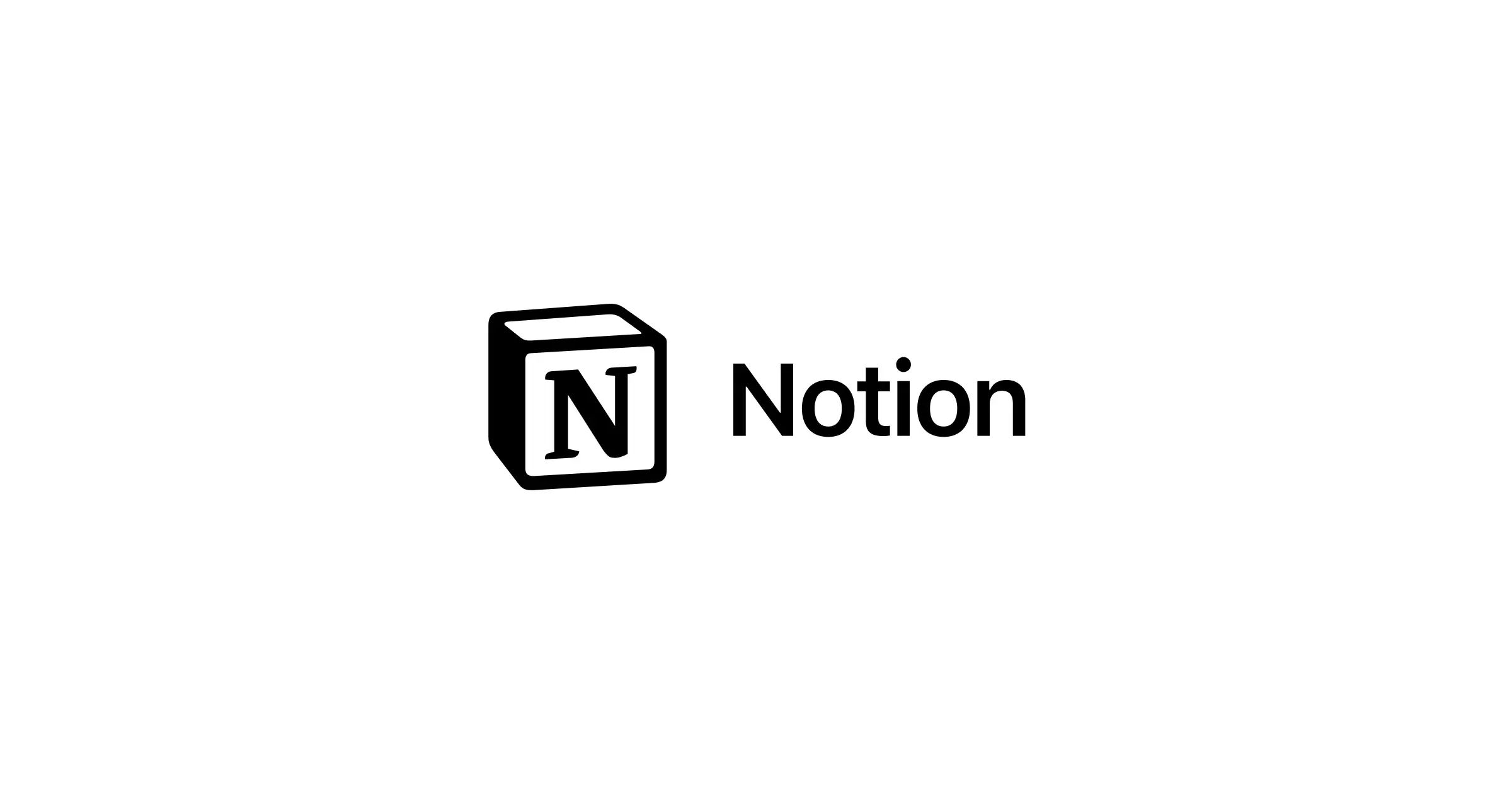How to Build a Powerful Tech Portfolio in 2025 (With 6 Sites to Host It)

Your resume says what you’ve done - your portfolio shows what you can do. In 2025’s ultra-competitive tech landscape, a personal portfolio isn’t optional - it’s your digital handshake. Whether you're a developer, data analyst, designer, or DevOps engineer, this guide breaks down why you need a tech portfolio, where to host it, and how to build one that gets you hired.
Why Every Tech Professional Needs a Portfolio
Even if you're not a designer, a portfolio is your proof-of-work. It backs up your skills with results, creativity, and context.
- 🎯 Visibility - Stand out from a sea of resumes with real, interactive projects.
- 🔧 Credibility - Show you can solve problems, not just talk about them.
- 💼 Job Magnet - Recruiters Google you - let them find something remarkable.
- 📈 Personal Branding - Position yourself as an authority in your niche (e.g. AI, frontend, backend, data).
What to Include in a Winning Tech Portfolio
Here’s what separates a boring portfolio from a job-clinching one:
- ✅ A short but punchy “About Me”
- ✅ Featured Projects (3–6 max, with problem > process > result)
- ✅ Skills & Tech Stack (organized by category)
- ✅ Contact & CV download
- ✅ (Bonus) Blog or Dev Notes section
- ✅ GitHub, LinkedIn, or Kaggle integration
7 Best Websites to Build and Host Your Tech Portfolio

1. Vercel
Ideal for frontend devs and full-stack engineers using React, Next.js, or Tailwind. Lightning-fast deployment, Git integration, and custom domains.

2. GitHub Pages
Free and fast for static portfolio sites. Perfect for developers comfortable with HTML, CSS, JS, or Jekyll.

3. Webflow
Design-driven, pixel-perfect portfolio builder. Supports interactions, animations, and full CMS integration.

4. Notion + Super
Create a simple, clean portfolio using Notion and publish it with Super or Potion. Excellent for analysts, writers, and hybrid tech roles.

5. Carrd
Minimalist, one-page portfolio tool. Great for interns, job seekers, or those just getting started. Clean UX, low cost.

6. Showwcase
Like LinkedIn + GitHub + Medium. Tailored to tech professionals, with built-in blogging, project highlights, and job matching.
How to Build Your Tech Portfolio (Step-by-Step)
Here’s a practical breakdown of how to build yours - whether you code or not.
Step 1: Choose Your Tools
- Frontend: HTML/CSS + Vercel or React + Next.js
- No code: Webflow, Notion, or Carrd
- Data viz: Python, Streamlit, Power BI embed
Step 2: Select Your Best 3–6 Projects
- Personal apps, freelance work, open-source, or course projects
- Each project should tell a story: Problem → Process → Solution → Tools Used → GitHub link → Demo (if possible)
Step 3: Add Personality and Polish
- Use a consistent color scheme
- Keep UI clean and responsive
- Add a blog or thought section if you write or research
Step 4: Deploy and Share
- Buy a custom domain (e.g.
yourname.dev) - Link it to your GitHub, resume, or job application
- Promote on LinkedIn and dev communities
Final Thoughts
In a world where anyone can claim skills, your portfolio is the proof. The key is not complexity - it’s clarity and confidence. Whether you're breaking into tech or climbing to the next role, your portfolio is your stage. Own it. Build it. Share it.